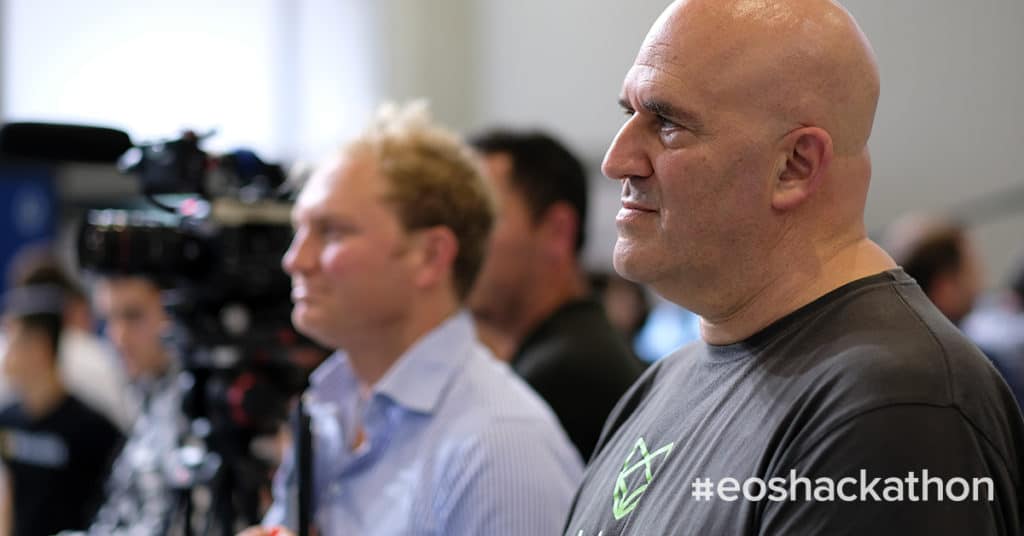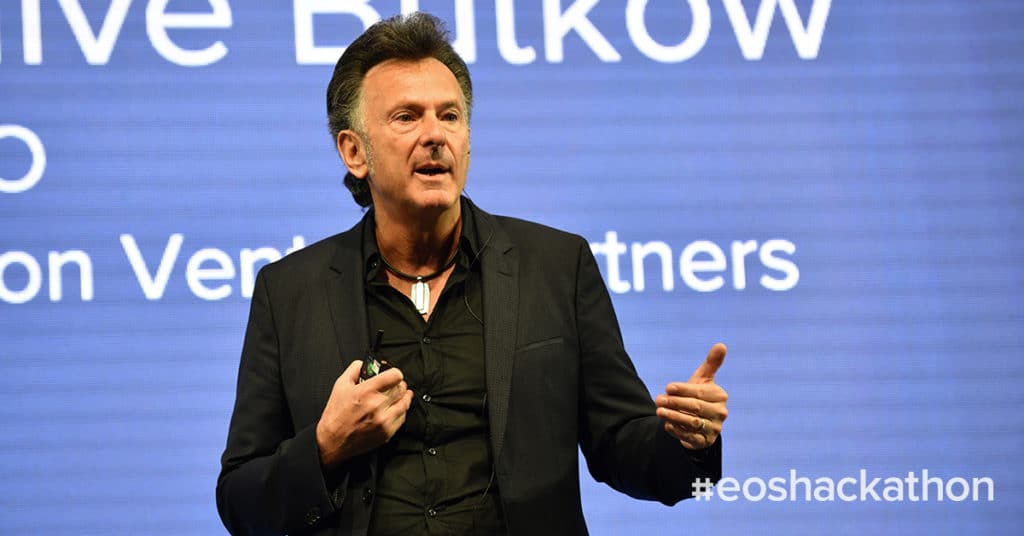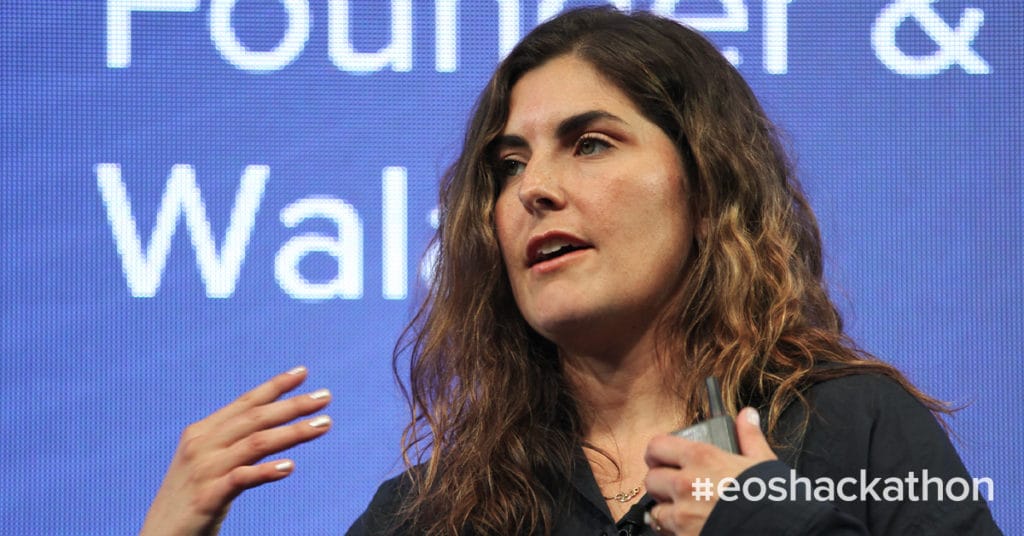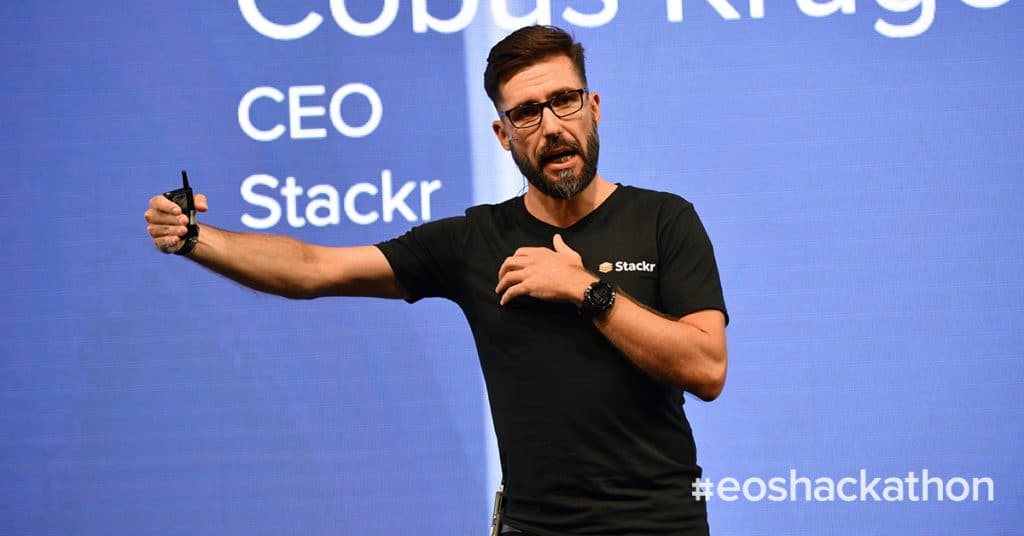Press
Building a Business on Blockchain: Top Tips From Five Entrepreneurs and Investors
The recent Grand Finale of Block.one’s marathon EOS Global Hackathon series involved finalists undergoing an Incubation Week in Cape Town, South Africa. In addition to one-on-one mentoring and workshops, the schedule included a lively program of speaker sessions. Here, we give a flavor of who said what about building a successful blockchain business.

The recent Grand Finale of Block.one’s marathon EOS Global Hackathon series involved finalists undergoing an Incubation Week in Cape Town, South Africa. In addition to one-on-one mentoring and workshops, the schedule included a lively program of speaker sessions covering everything from business and financial modelling to product development, growth trajectories, targeting and acquiring customers, pitching to investors, and much more. Here, we give a flavor of who said what about building a successful blockchain business.
Mark Levitt. Serial entrepreneur and investor. CTO and co-founder, Gyft. CEO and co-founder, Trixta.

In the blockchain world, you should look to serve a niche market with a unique product. You can’t just build something that is like something else but on the blockchain. I think that isn’t good enough. It has to be building on blockchain because it adds value in a way that you can’t do in a centralized way. You also need to focus on a cohort that makes sense – one that you actually understand. You need to have metrics about what’s going on inside your environment and, if you’re incentivizing people – which is really what you probably want to do inside crypto networks and these kinds of communities – you need to have line of sight to what’s going on early on and fully understand the economics of what’s happening.
Clive Butkow, CEO, Kalon Venture Partners.

My advice to start-ups is to try and bootstrap as long as you possibly can rather than giving up equity in your company. If you’re building a business on blockchain it’s likely to be capital-light, so try and bootstrap for as long as you can. That means going after the evangelists, the early customers who want to be first to adopt the technology and who will validate your business model. Particularly in the blockchain space, you need those evangelists, because right now more people are talking about blockchain than are doing anything about it yet. Those evangelists are where you have to go to begin – the real tech enthusiasts who will pay to be first with the new technology. If a seed investor wants to take a large part of your business, they’re destroying your business. Better to find an investor who sees the value that you can add and gives you a fair valuation.
Brian Mehler. Senior Associate, EOS VC.
You don’t always have to have a token in order to use blockchain – or at least not one that’s listed on an exchange or freely-traded. Your token could be held within the system or within a closed network, in which case it’s bound up with your value proposition. In contrast, if you choose an ICO model and you want to have a token that’s free-trading, that flows more into your revenue side and your customer side. But you have to bear in mind that there are limits to where you can sell tokens and where you can transact. Two of the top five markets in the world don’t allow you to formally do token sales, so if you’re cutting those customers out you’re putting yourself at a disadvantage. You have to decide where you want to transact and make sure your token model doesn’t interrupt your ability to scale.
Tricia Martinez. Serial entrepreneur and behavioral economist. Founder and CEO of Wala.

Knowing your customer starts with community-building, which isn’t something you have to invest a lot of money in. You can use the tools that resonate with your customers. A lot of the customers that we work with are literally spending hours a day on Facebook or WhatsApp, so we knew that those were the best channels to target and communicate with them to build personal relationships. As a company executive, you should be working on the ground with these customers, getting to know their pain points. If you really want to solve their problems and drive change you have to have those one-on-one relationships. It also allows you to test incentives – you can run rewards and referral schemes and enable people to become ambassadors and evangelists for your company.
Cobus Kruger. Founder of Sanlam Global Investment Solutions. Co-founder of Stackr.

When you build your project and think about whether you are going to have a token, for instance, you should ask: how can I use that token to create a word-of-mouth effect on a very granular level that builds towards a critical mass that I can then leverage? Don’t try and be too big too soon: build it small and build it out from there. And when you think about distribution and user adoption, think about how you can leverage something that exists already. How can I leverage an existing community? For you guys building companies on EOS, you have that at your disposal. The EOS community is one of the largest communities in this space. Think from that level, then the wider blockchain world, then out from there.
Important Note: All material is provided subject to this important notice and you must familiarize yourself with its terms. The notice contains important information, limitations, and restrictions relating to our software, publications, trademarks, third-party resources and forward-looking statements. By accessing any of our material, you accept and agree to the terms of the notice.